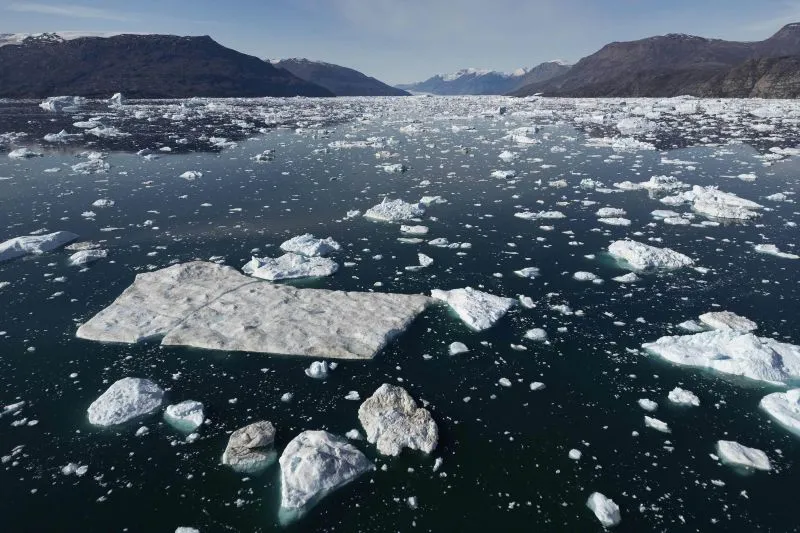Mega Tsunami Greenland Reveals New Insights into Climate Change Impacts

Mega Tsunami Greenland: Unraveling the Mystery
It all began with a melting glacier in Greenland that instigated a monumental landslide, unleashing a colossal mega tsunami measuring 650 feet high. This remarkable event did not just create towering waves; it also set off a curious vibration that reverberated across the planet for a staggering nine days. Over the past year, a dedicated team of scientists from around the globe collaborated to decipher the mystery, culminating in groundbreaking findings published in the journal Science.
The Cascading Hazard of Climate Change
The impetus for this mega tsunami was human-driven climate change. For years, glaciers in the Arctic region have been steadily melting, rendering mountains increasingly unstable. The fateful collapse on September 16 last year sent an astounding volume of debris crashing into the fjord, triggering waves that surged and ebbed, a phenomenon called seiche.
- The study involved 68 scientists from 15 countries.
- An extraordinary observation: the seiche lasted for an unprecedented nine days.
- Research indicates that similar phenomena could become commonplace as climate change accelerates.
The Broader Implications
While this catastrophe in Eastern Greenland resulted in no casualties, it wreaked havoc on historical sites and demonstrated the catastrophic potential of these climate-induced events. Experts warn that as global temperatures rise and more glaciers melt, regions such as Alaska and Canada may also face similar dangers.
This article was prepared using information from open sources in accordance with the principles of Ethical Policy. The editorial team is not responsible for absolute accuracy, as it relies on data from the sources referenced.